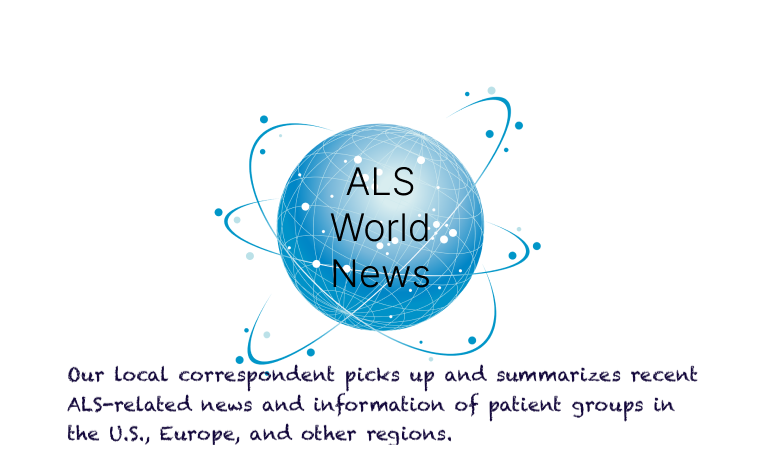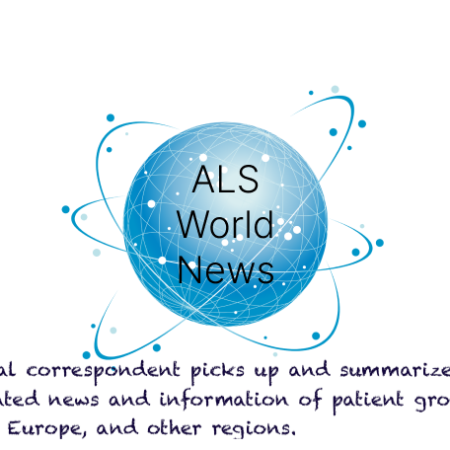Good news has arrived from London, Ontario, Canada, to cheer up the ALS community. By targeting the interaction between two proteins, it may be possible to completely halt or even reverse the progression of ALS.
A research team led by ALS specialist Dr. Michael Strong, who has been researching ALS treatments for more than 30 years, discovered the important effects of a protein during experiments with Drosophila 7-8 years ago and has since moved on to rodent experiments. The toxicity of the protein TDP-43 has long been known to play a role in ALS and other neurodegenerative diseases, but the team has discovered a protein that eliminates or reduces the toxicity of TDP-43.
TDP-43 forms abnormal clumps within cells and causes cells to die. Most ALS patients (over 95%) are affected by the abnormal TDP-43 clumps. Recently, Dr. Strong’s team discovered that a second protein, called RGNEF, is a protein that apparently has the opposite function of TDP-43. They then discovered that a particular fragment of RFNEF, called NF242, is responsible for reducing the toxicity of the TDP-43 protein that causes ALS. In other words, “when these two proteins interact, TDP-43 protein is eliminated, nerve damage is reduced, and thus neuronal cell death is prevented.
Dr. Strong commented, “Within 3-5 years we may see a way to cure ALS, and we currently see the experimental rodent model eliminating the flow of disease progression.” This news comes at the same time that Temerty, a non-profit charitable foundation in Canada, announced that it will donate a total of $10 million to the ALS research team over the next five years.
https://london.ctvnews.ca/western-university-researchers-unlock-potential-cure-for-als-1.6885070
Reported by N. Schlough on May 14, 2024 from USA




